Gundruk - Nepalese fermented greens
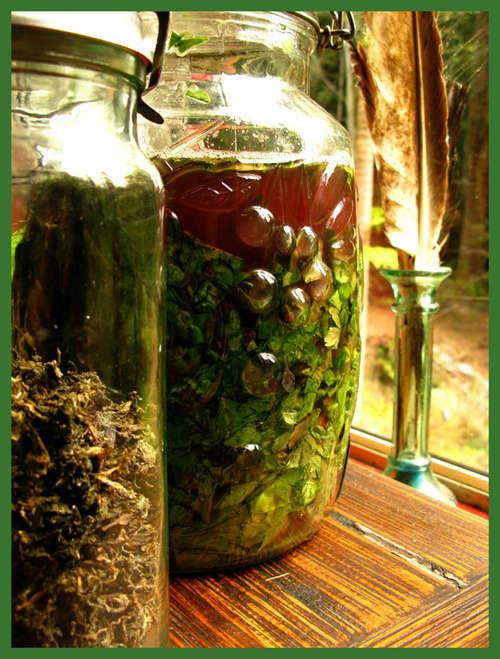
Gundruk is a traditional vegetable preservation technique from Nepal. Nepal, as we all know, is high in the Himalayas, and in this environment there are long periods where no fresh green vegetables are available. Fermentation of vegetable greens, those parts that we in the west often throw away (or at least hopefully turn into compost), ensures a steady supply of essential vitamins and minerals when no fresh food is available, and the fermentation process not only preserves and makes these nutrients more bio-available, but also produces enzymes and amino acids that aid digestion and assimilation of food.
Of the 69 different cultural and linguistic groups in Nepal, the most well known to Westerners are the ethnic Tibetan Sherpa in the north, and the ethnic Indo-Aryan Ghurkha in the south, and both these peoples are known for their strength, endurance and bravery. To that list, we may now add that these peoples historically relied upon Gundruk (and the related radish root ferment Sinki) to get them through the toughest parts of the yearly cycle. When the British army relied on Ghurkha warriors to get them out of a tight spot, and when Tenzing Norgay took a stroll up Mount Everest with Edmund Hillary, you can bet that gundruk was there too, tucked away in a corner of each backpack.
Gundruk is simple. Take the green parts of a variety of vegetables. Anything in the cruciferous vegetable group is traditional (e.g. kale, mizuna, and other radish greens), and we can extend this to include collard greens, broccoli greens, beet greens, spinach, and celery leaves. Any robust and edible green leaf is suitable. Remove any thick stems, and wilt the greens in an airy container placed in a warm and airy location. Wilt the leaves for 2 days. Chopped the leaves roughly with scissors or a knife, pack them as tightly as you can into a glass or ceramic vessel, then top the vessel with pure water heated to about 30° C (86° F) and leave for 5 days to a week. A little salt may be added to the water, but this isn’t necessary.

After 5 days or so, drain the greens well. The water may be utilised in a soup, if we wish. There is plenty of goodness in it, it would seem a shame to waste it.
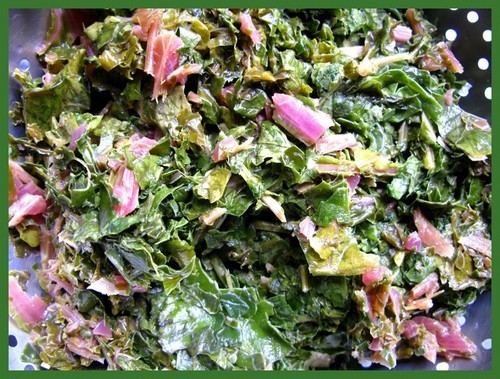
Place the drained greens in a tray or similar, and spread them out as thinly as possible.
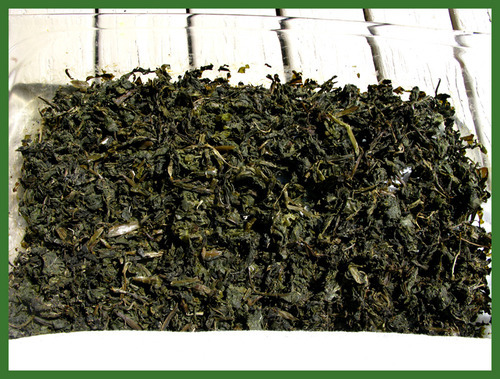
Cover the tray with an airy cloth to keep insects away, and dry in the sun.
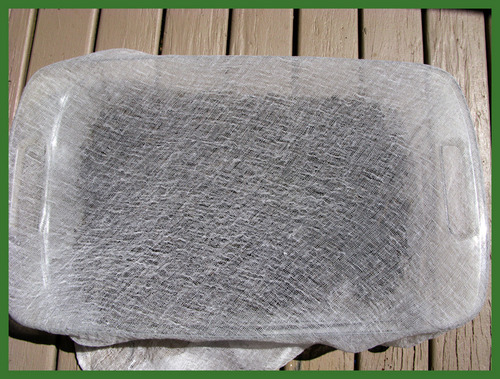
The next step will take as long as it takes. It will be quick if the weather is nice and hot, it will take possibly a few days if the weather is cool. Ensure adequate ventilation at all times, and this stage is only complete when the vegetable matter is bone dry. This is when it has become gundruk, which may be stored in a container for a year or more without mould developing.
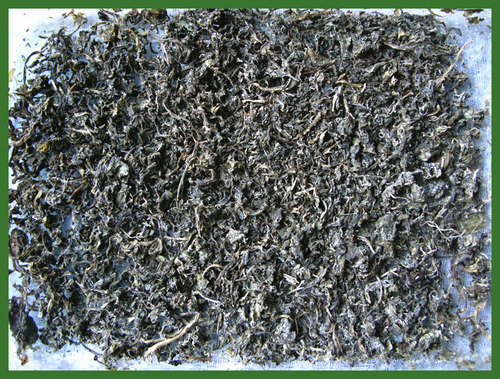
What do we do with this? Add it to soups and stews, just as the Nepalese do!
Gundruk and Rice
1 onion, chopped
1 – 6 dried chillies, amount to taste
1 firm mango, chopped (substitute tomato)
2 tsp turmeric powder
1 tsp salt
Some curry leaves
Coconut oil or Ghee
2 cups water
Soak the gundruk in water for 5 – 10 minutes, then drain. Fry the onion and chilli in the oil, then add the turmeric, then the curry leaves, then the mango, then finally the salt, stirring well for 30 seconds after each addition. Add the water and the gundruk, and simmer for 10 minutes or so, until thickened. Serve with rice and lime pickle.
As soon as the fermenting vessel is emptied, fill it with more greens for more gundruk. Do this continually through the growing season to avoid having to buy imported green vegetables from a different hemisphere in the off season. It is best to eat food from our own region where possible because we are more in tune with it energetically, and reducing the long distance transportation of food is an environmentally sound practice.
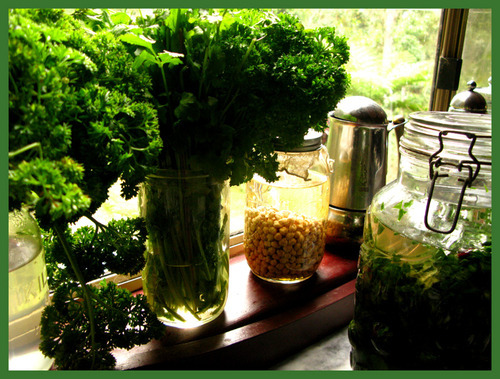
https://www.facebook.com/celestialroots
Magic is the Intelligence of Love